Nepal’s top ten places guarantee a once-in-a-lifetime vacation, combining cultural richness, natural beauty, and adventurous activities. Nepal has something to offer any tourist, whether they are looking for spiritual enlightenment, flora and wildlife encounters, or hiking challenges. Begin your journey to nirvana and let the allure of Nepal leave an unforgettable impact on your soul.
Table of Contents
Kathmandu Valley: A Cultural Odyssey
Kathmandu valley is the capital city of Nepal. Encompassing the three historic cities of Kathmandu, Bhaktapur, and Patan, this valley is a captivating blend of architectural marvels, colorful traditions, and non secular sanctuaries. Kathmandu, the capital metropolis, serves as the thrashing heart of the valley, where the bustling streets of Thamel coexist harmoniously with UNESCO World Heritage Sites like Durbar Square and the sacred Pashupatinath Temple. The valley’s precise charm lies in its ability to seamlessly weave the past into the present, permitting travelers to walk through narrow alleys decorated with intricately carved buildings and find out hidden courtyards that whisper tales of centuries long past by. Exploring the Kathmandu Valley is a cultural odyssey that unveils the diverse tapestry of Nepal’s records and artistry. Bhaktapur, with its properly-preserved medieval structure and Bhaktapur Durbar Square, transports traffic lower back in time, providing a glimpse into the metropolis’s royal beyond.
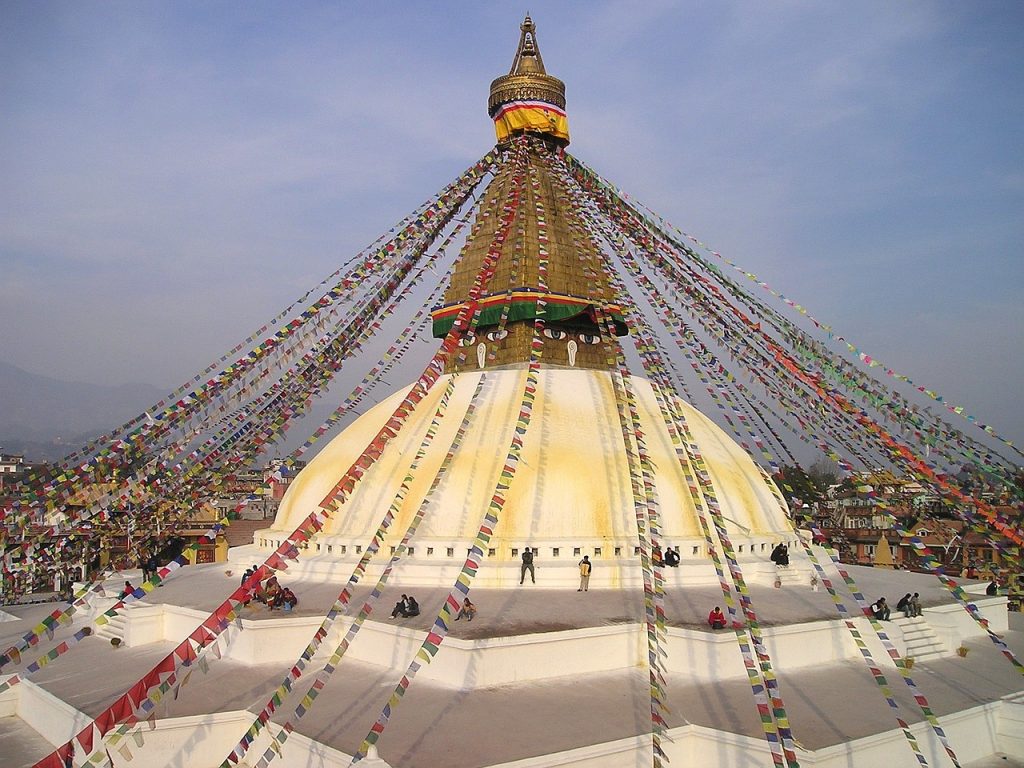
Meanwhile, the city of Patan boasts an array of beautifully crafted temples showcasing Newar craftsmanship at its finest. The valley’s religious charm is heightened through the presence of Swayambhunath Stupa, a sacred Buddhist pilgrimage web site known as the Monkey Temple, wherein historic understanding and modern energy converge. The Kathmandu Valley, with its intricate palaces, bustling marketplaces, and sacred shrines, invitations tourists to embark on a cultural odyssey that promises an unforgettable adventure through the heart and soul of Nepal.
Pokhara: Gateway to the Annapurna Region
Nestled amidst the pristine valleys of the Annapurna mountain variety, Pokhara unfolds like a dream, a sanctuary of serenity at the shorelines of the captivating Phewa Lake. The city’s charm lies not handiest in its breathtaking landscapes but within the profound feel of tranquility that envelops every traveller. Phewa Lake, the jewel at the coronary heart of Pokhara, mirrors the towering peaks above, developing a surreal placing for moments of mirrored image and peace. Whether drifting on a boat across the calm waters or without a doubt lounging alongside the lakeside promenade, the symphony of nature harmonizes with the spirit of the city, providing a respite from the chaos of the out of doors global.
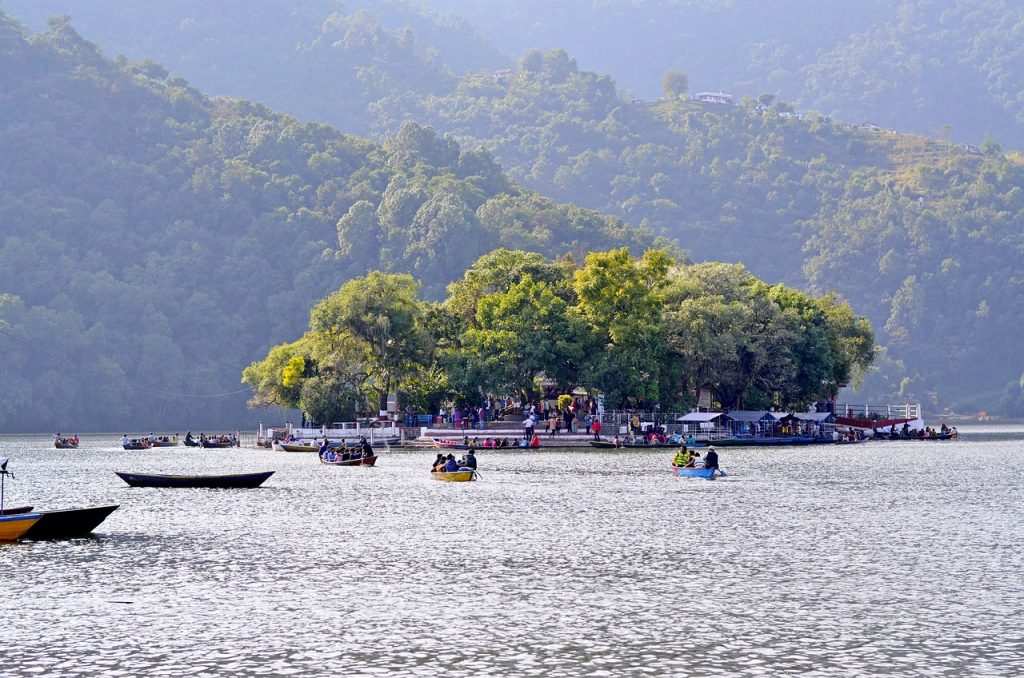
Beyond the reflective waters of Phewa Lake, Pokhara is a gateway to journey and cultural exploration. The town stands as a launching pad for treks into the Annapurna vicinity, with trails main to the iconic Annapurna Base Camp. As the day unfolds, Lakeside, Pokhara’s bustling district, comes alive with the aroma of neighborhood delicacies, the colorful hues of marketplace stalls, and the lively chatter of fellow travelers. Whether it’s the airy sunrise over the Himalayas or the tranquil evenings through the lakeside, Pokhara’s serene allure beckons, inviting visitors to immerse themselves in the embrace of nature and find solace in the beauty that defines this Himalayan gem.
Chitwan National Park: Wildlife Wonderland
Chitwan National Park, located in the subtropical lowlands of southern Nepal, emerges as a true natural wonderland, providing a haven for a diverse range of plants and species. This UNESCO World Heritage Site, which covers an area of 900 square kilometers, demonstrates Nepal’s dedication to protecting its unique biodiversity. The park is well-known for being home to a variety of habitats, ranging from deep sal woods to wide grasslands, making it a sanctuary for a diverse range of animals. Encounters with spectacular wildlife such as the one-horned rhinoceros and the elusive Bengal tiger become more than just chances while embarking on a safari excursion within Chitwan’s borders.
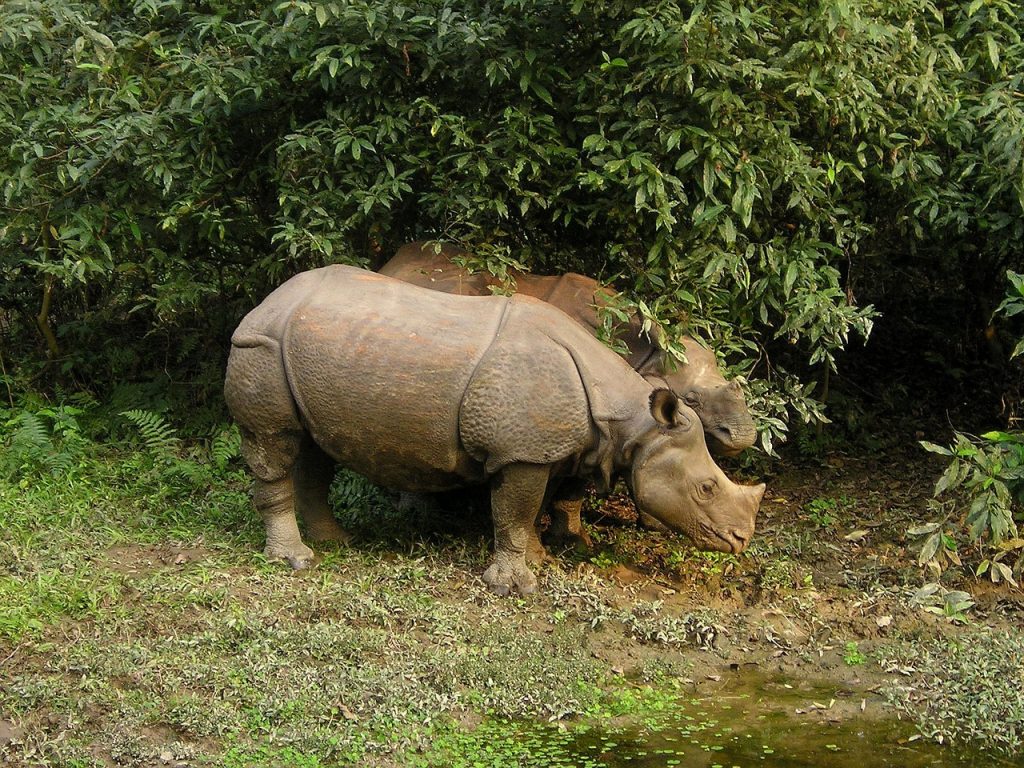
Chitwan National Park offers a range of tours that allow guests to dig into the heart of the jungle. Elephant safaris offer an entirely fresh viewpoint as those gentle giants traverse the bush, allowing you to spot rhinos, deer, and a variety of fowl species. A jeep safari across the park’s harsh terrain, on the other hand, promises an exhilarating adventure and interactions with the park’s diverse inhabitants. Beyond the animals, the indigenous Tharu community, which lives on the park’s outskirts, adds a cultural dimension to the experience, allowing visitors to appreciate the healthy cohabitation of man and environment in this flora and fauna wonderland. Chitwan National Park is not just a testament to Nepal’s conservation efforts, but also an invitation to observe them.
Lumbini: Birthplace of Buddha
Lumbini, located in the Rupandehi District in southern Nepal, is a famous pilgrimage site and the birthplace of Buddhism. Lumbini’s holy garden holds tremendous spiritual importance since it is recognized as the birthplace of Siddhartha Gautama, the man who would eventually acquire enlightenment and become the Buddha. The Maya Devi Temple, dedicated to the Buddha’s mother, commemorates the precise location where Siddhartha was born under a sal tree, according to legend. Pilgrims and visitors from all over the globe come to this UNESCO globe Heritage Site to experience the deep peace that pervades the air, creating an opportunity for reflection and reverence.
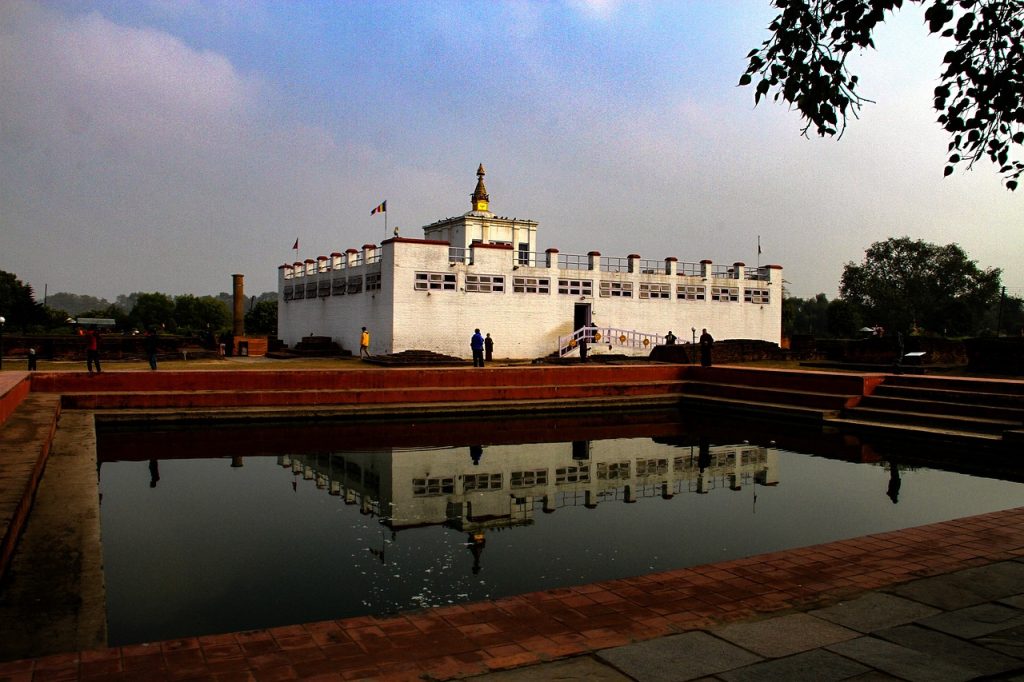
Lumbini is not just a historic landmark, but also a living testament to Buddhist beliefs. The Ashoka Pillar, constructed by the Indian Emperor Ashoka in 249 BCE, rises tall, marking Lumbini’s role in the development of Buddhism. The Puskarini holy pond, with its pure waters mirroring the encircling sacred monuments, adds to the serene setting. Beyond the archeological beauties, Lumbini inspires reflection and contemplation, making it a holiday place where the spiritual history of Buddhism is maintained and tourists may connect with the deep teachings of the enlightened one in the exact region where they began.
Annapurna Circuit: Trekking Paradise
The Annapurna Circuit, located in the heart of the Himalayas, is a trekking paradise, enticing adventurers to go on a journey through some of the world’s most breathtaking landscapes. This famous journey circles the Annapurna range, providing a rich tapestry of experiences ranging from terraced farmland and thick rhododendron woods to parched high-altitude deserts. As trekkers pass through traditional villages, each with its own unique attraction, the circuit provides an immersive trip into the rich fabric of Nepalese culture while also providing unrivaled vistas of Annapurna, Dhaulagiri, Machapuchare, and a slew of other peaks.
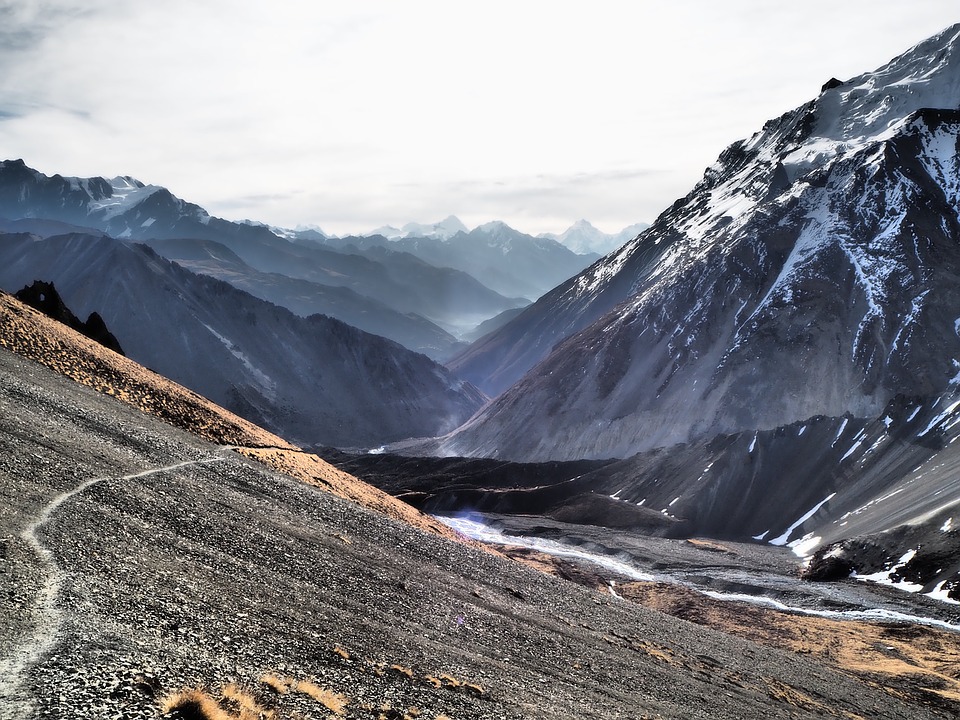
The Annapurna Circuit Trek is more than just a physical challenge; it is also a religious and cultural journey. Teahouses along the trail offer warm hospitality as well as a risk for cultural exchange, allowing trekkers to engage with the local Gurung and Thakali communities. Thorong La Pass, at a dizzying elevation of 5,416 meters (17,769 feet), is a peak second on the circuit, rewarding daring travelers with stunning panoramic vistas that make the difficult trek worthwhile. The Annapurna Circuit is a trekking paradise that makes an everlasting impact on the hearts of those who dare to cross its routes, whether it’s the colorful prayer flags flowing within the mountain wind, the friendship of fellow trekkers, or the sheer magnificence of the Himalayan vistas.
Everest Base Camp: Conquer the Roof of the World
Trekking to Everest Base Camp is an extraordinary experience that invites explorers to climb the Roof of the World. This historic expedition is a symphony of trials and victories set against the backdrop of the arena’s highest peak, Mount Everest. The journey begins in Lukla and takes hikers through the villages, suspension bridges draped with prayer flags, and deep rhododendron woods. As the trail ascends, trekkers get closer to the magnificent view of Everest, Lhotse, Nuptse, and a slew of other towering peaks that define the Everest region.
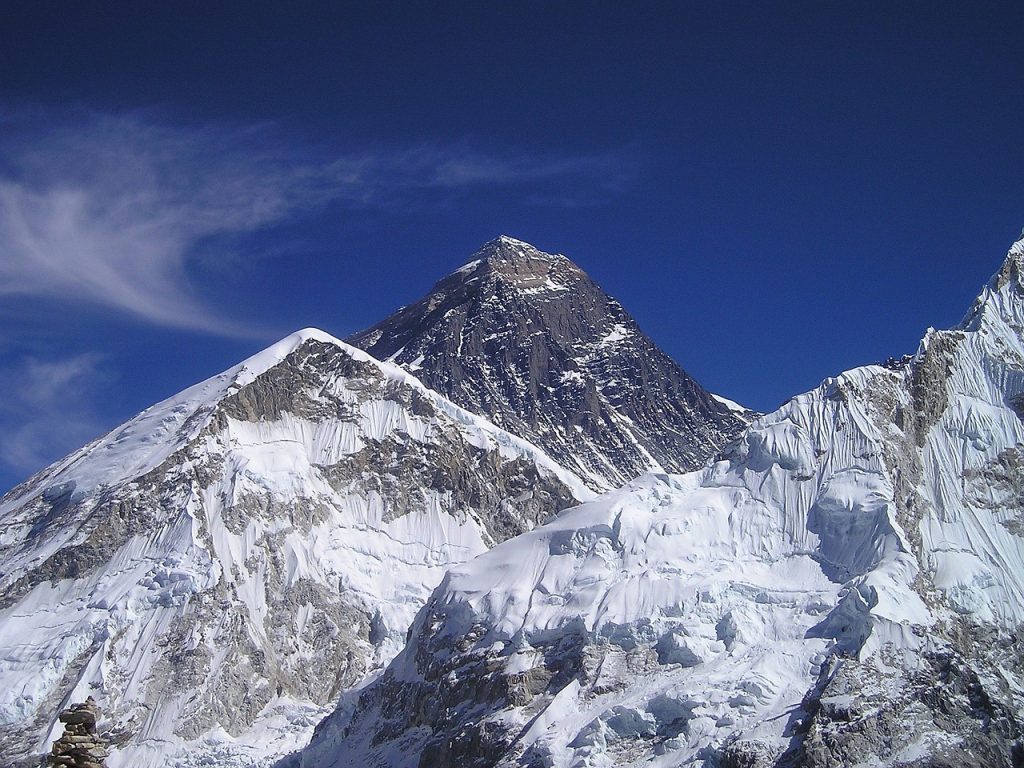
Reaching Everest Base Camp at a height of 5,364 meters (17,598 feet) is a feeling of success and amazement. The camp, lying in the shadow of Everest’s tremendous icefall, serves as a temporary home for mountaineers attempting to reach the arena’s highest point. Trekkers appreciate the raw grandeur of Everest in all its glory, surrounded by the stark magnificence of the Khumbu Glacier and ice seracs. The journey is primarily a religious one, showing a profound connection with the Himalayas and the tenacious spirit of those who dare to foot on the holy routes going to the summit of the earth.
Bhaktapur: Living History
Bhaktapur’s cultural tapestry stretches beyond its regal squares into its residents’ daily lives. The city is not necessarily only a museum, but a vibrant urban core where traditional handicraft thrives. The vibrant pottery square is alive with the rhythmic sounds of potters sculpting clay into fine objects, while the Nyatapola Square is home to the landmark Nyatapola Temple, a towering pagoda building that has weathered the test of time. Every step in Bhaktapur is a walk through a living museum, where the blend of historical charm and everyday life produces an immersive experience that takes visitors to a bygone age.
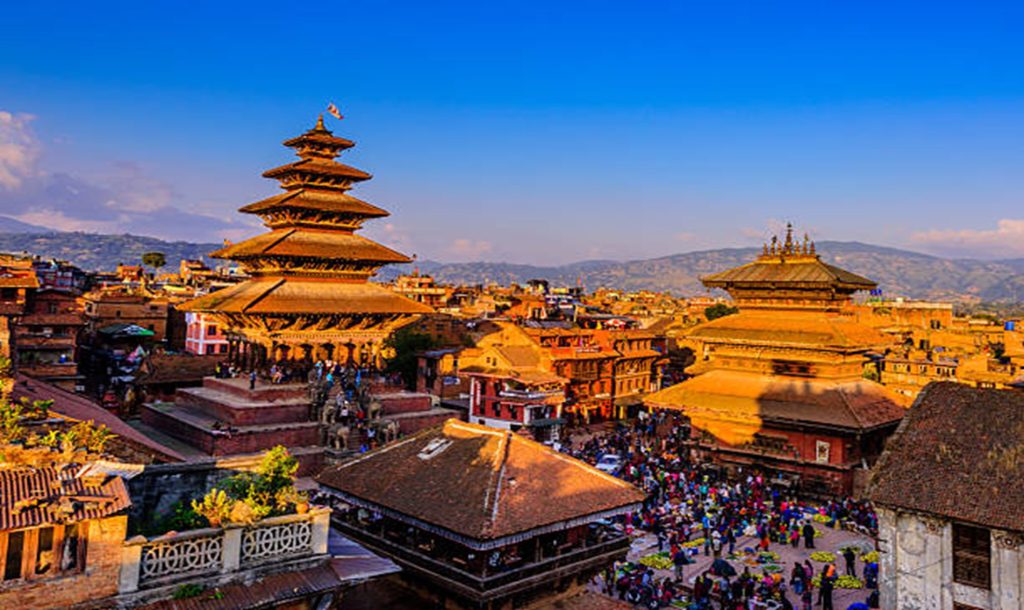
Step into Bhaktapur and you’ll be transported through time into a living history, where the spirit of ancient Nepal has been scrupulously maintained. Bhaktapur, often known as the “City of Devotees,” is a UNESCO World Heritage Site known for its well-preserved medieval structure and rich cultural history. Walking through the narrow labyrinthine alleys of Bhaktapur Durbar Square, visitors are greeted by towering pagoda-style temples adorned with difficult timber carvings, centuries-old sculptures, and eternal courtyards that echo with the tales of kings and queens who once ruled this medieval country.
Gosaikunda: Sacred Alpine Lake
Gosaikunda, tucked away in the pristine folds of the Langtang National Park, shines as a precious treasure nestled between the majestic Himalayan hills. In Hindu mythology, this alpine lake at an elevation of 4,380 meters (14,370 feet) carries great spiritual importance. The journey to Gosaikunda is a spiritual journey through rich rhododendron woods, charming Tamang settlements, and steep mountain scenery. As hikers approach the sacred lake, they may be welcomed with immaculate waters that mirror the high hills that surround this Himalayan refuge, creating an airy environment that transcends the ordinary.
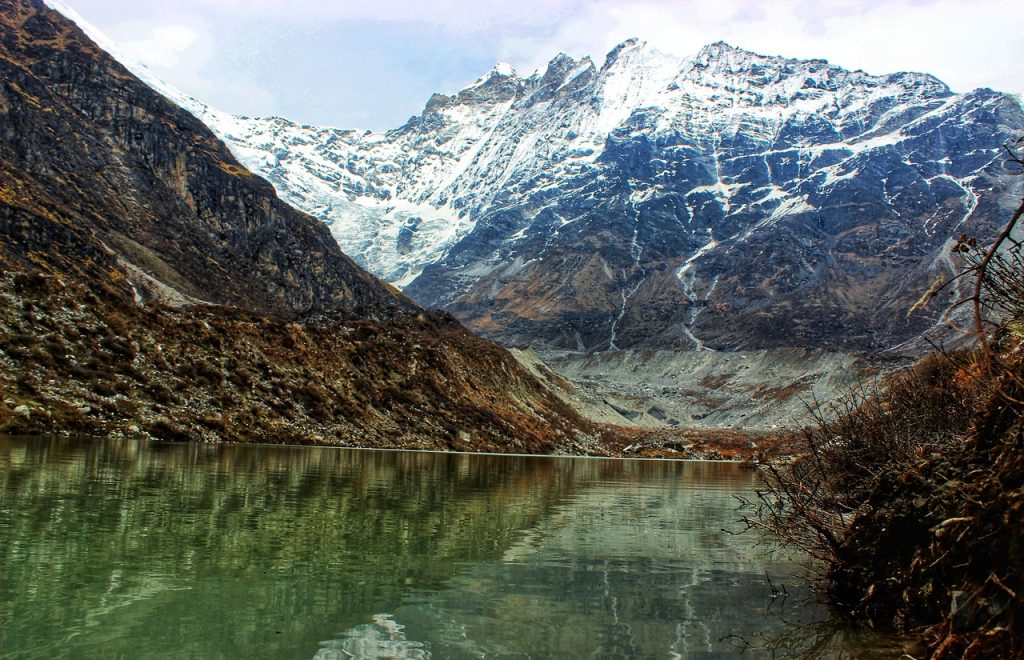
The holy allure of Gosaikunda is enhanced by the numerous stories that surround its crystal-clear waters. According to Hindu legend, Gosaikunda is Lord Shiva’s home place, and a bath in its sacred waters during the full moon festival of Janai Purnima is thought to wash one’s sins and give benefits. Pilgrims and hikers alike come to experience not just the majestic majesty of Gosaikunda, but also the mystical force that pervades the air. The hike to Gosaikunda is a pilgrimage to a sacred mountain lake, where the calm of the nature and the devotion of the pilgrims combine to produce a really transformational experience within.
Rara Lake
Rara Lake is a spectacular gem tucked away in the far-flung western part of Nepal, wrapped inside the broad embrace of the Himalayas. It is Nepal’s biggest lake, standing at an elevation of 2,990 meters (9,810 feet), surrounded by undulating hills, alpine meadows, and dense pine trees. Rara Lake’s natural beauty makes it an enticing location for anyone seeking a peaceful vacation in the lap of nature. The walk to Rara Lake is a pilgrimage for those seeking refuge in the calm of nature’s unadulterated beauty. It is accessible via an adventure that navigates off-the-beaten-path regions.
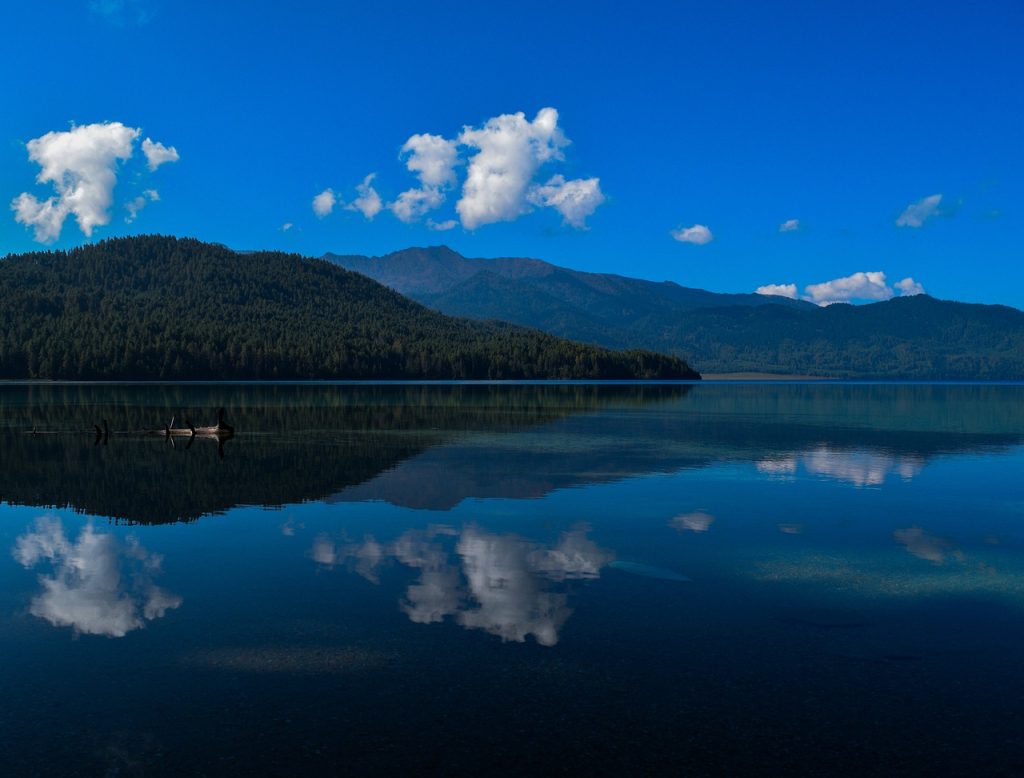
Rara Lake is a refuge for nature lovers, offering a rare combination of calm and beauty. The lake’s turquoise waters mirror the snow-capped hills that frame its outer edge, creating a strange and awe inspiring view. The journey to Rara brings visitors through remote communities where indigenous local customs are still strongly established, adding a cultural component to the expedition. As one stands on the shores of Rara Lake, surrounded by the silence of the Himalayan wilderness, it is clear why this secluded gem is frequently referred to as the “Queen of Lakes” – a name that perfectly captures the regal splendor and untouched appeal of Rara Lake in Nepal’s far-western reaches.
Langtang Valley: Nature’s Retreat
Langtang Valley, nestled like a hidden gem in the heart of the Himalayas, opens as a nature lover’s refuge, offering a sanctuary of beautiful vistas and virgin desolate territory. The valley is a paradise for people looking for a break out into the calm of undisturbed natural beauty, surrounded by soaring peaks and wrapped in lush vegetation. The Langtang River flows across the valley, mirroring the spectacular snow-capped hills that stand sentinels to this calm wonderland.
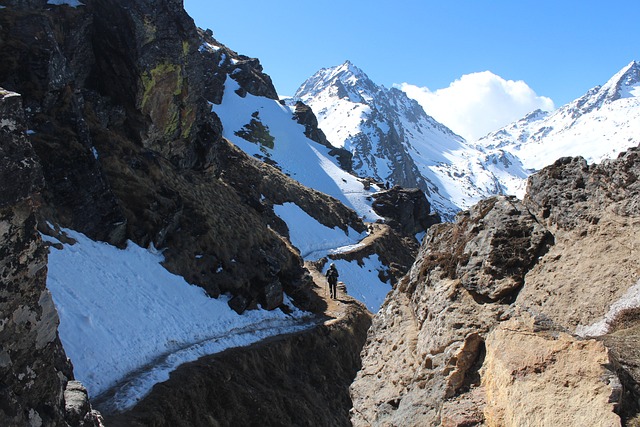
Trekking through the Langtang Valley immerses travelers in lush rhododendron woods, stunning alpine meadows, and traditional Tamang villages. The exact combination of biodiversity and cultural richness results in an unforgettable trip. The valley offers stunning views of Langtang Lirung and Ganesh Himal, doubling as a spiritual retreat. Langtang Valley’s calm symphony is composed of Tamang warmth, prayer flags in the air, and distant yak bell tones, offering a Himalayan nature retreat.
Nepal’s top ten places guarantee a once-in-a-lifetime vacation, combining cultural richness, natural beauty, and adventurous activities. Nepal caters to all types of tourists, including spiritual awakening, animal encounters, and trekking difficulties. Begin your journey to nirvana and let the allure of Nepal leave an unforgettable impact on your soul.

